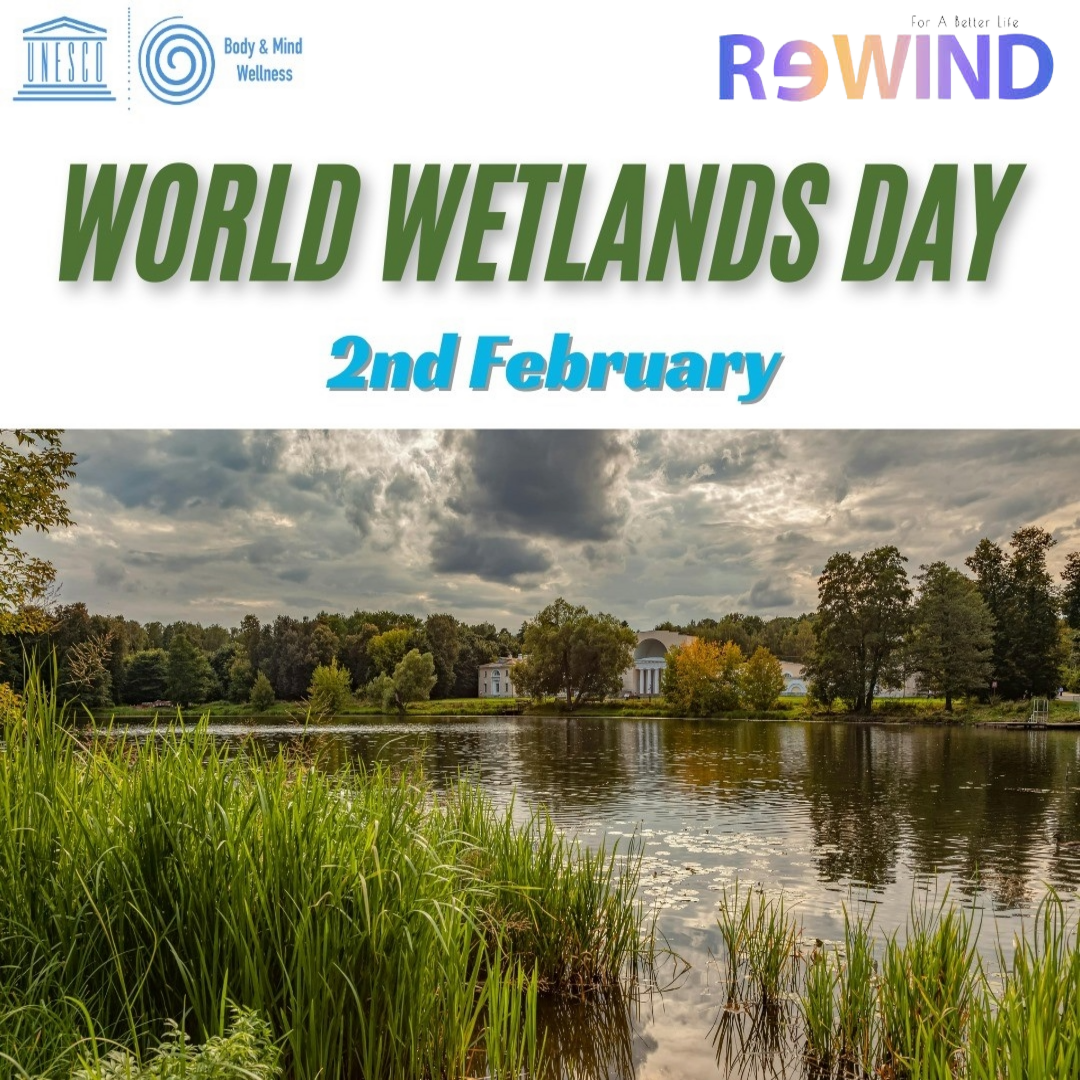
The History Behind This Day
World Wetlands Day, celebrated annually on 2nd February, was first established in 1971 to raise global awareness about the importance of wetlands for people and the planet. Originating in Ramsar, Iran, along the shores of the Caspian Sea, this day commemorates the signing of the Ramsar Convention, an international treaty for wetland conservation. Wetlands have suffered significant degradation, with 90% lost since the 1700s, at a rate three times faster than forests. These ecosystems are vital for biodiversity, climate regulation, and freshwater availability, underscoring the urgency to conserve and restore them.
The idea for World Wetlands Day was initiated as part of the Ramsar Convention, which sought to raise awareness about the critical importance of wetlands. The treaty, signed by representatives of 18 nations in 1971, laid the foundation for coordinated global efforts to protect and sustainably manage these ecosystems. Over the years, the observance has gained international recognition, with events organized worldwide to emphasize wetland conservation.
What are Wetlands & Why This Day Is Celebrated?
Wetlands encompass freshwater, coastal, and marine ecosystems, including lakes, rivers, marshes, swamps, estuaries, deltas, coral reefs, and more. These ecosystems are invaluable to humanity, providing biodiversity, climate regulation, and freshwater resources. They also support sustainable agriculture, with wetlands contributing to food production for over three billion people.
Despite their significance, wetlands are disappearing rapidly due to human activities and environmental degradation. World Wetlands Day highlights the need for conservation and restoration efforts to ensure these vital ecosystems endure for future generations. The 2025 theme, “Wetlands and People,” underscores the connection between wetland protection and human well-being, emphasizing food security, health, and sustainability.
UNESCO BMW’s Contribution
UNESCO BMW works in collaboration with the Ramsar and World Heritage Conventions to promote sustainable wetland management and align awareness campaigns with the Sustainable Development Goals (SDGs) 2030. By organizing eco-adventure programs and community initiatives, UNESCO BMW links environmental health to human well-being. These efforts aim to educate and inspire action for ecological balance and sustainable development.
UNESCO BMW’s Vision
UNESCO BMW envisions a future where wetlands are preserved as an integral part of a balanced ecosystem. Through educational programs, youth engagement, and initiatives that promote peace, creativity, and sustainability, UNESCO BMW fosters environmental awareness and societal transformation. By prioritizing the conservation of wetlands, the organization contributes to creating a healthier, more harmonious, and sustainable world.
By:- Ayesha Khalid
Sources:
- https://www.unep.org/events/un-day/world-wetlands-day-2023
- https://www.un.org/en/observances/world-wetlands-day
- https://www.unwater.org/news/world-wetlands-day-2024-celebration-event
- https://www.dcceew.gov.au/water/wetlands/world-wetlands-day
- https://sdg.iisd.org/events/world-wetlands-day-2024
- https://unescobmw.org/2024/01/31/world-wetlands-day/
- https://unescobmw.org/
- https://unescobmw.org/about-us/our-mission/